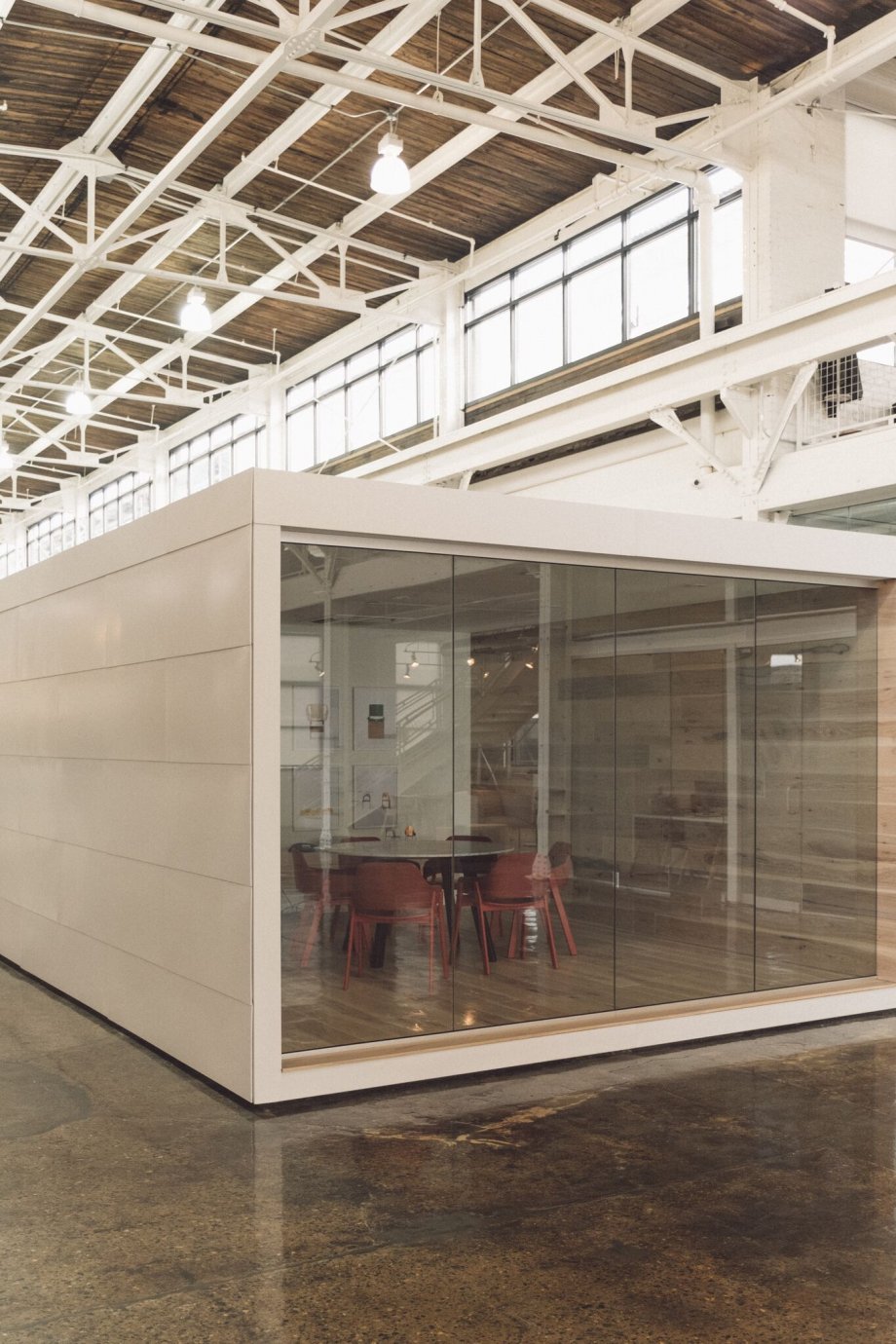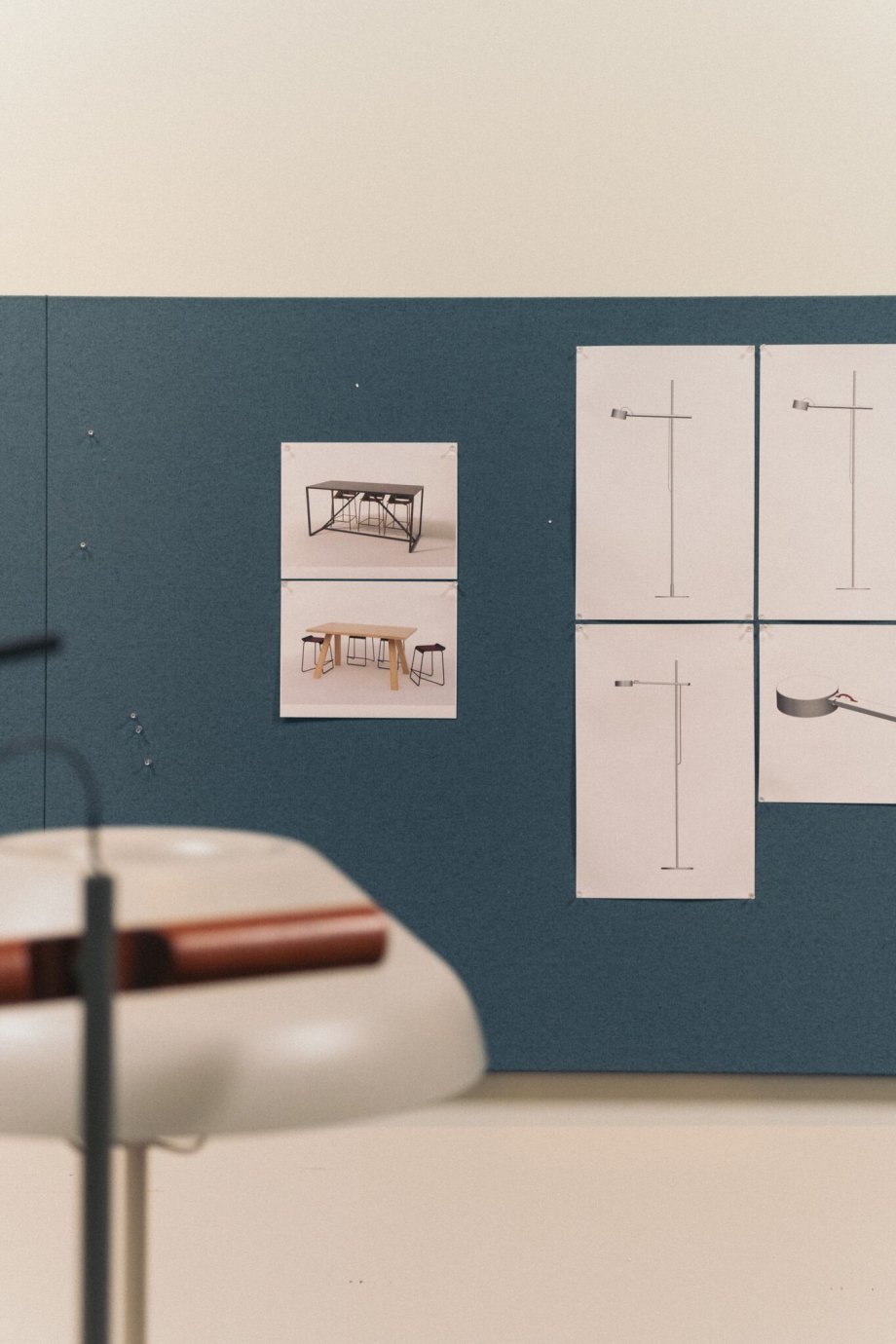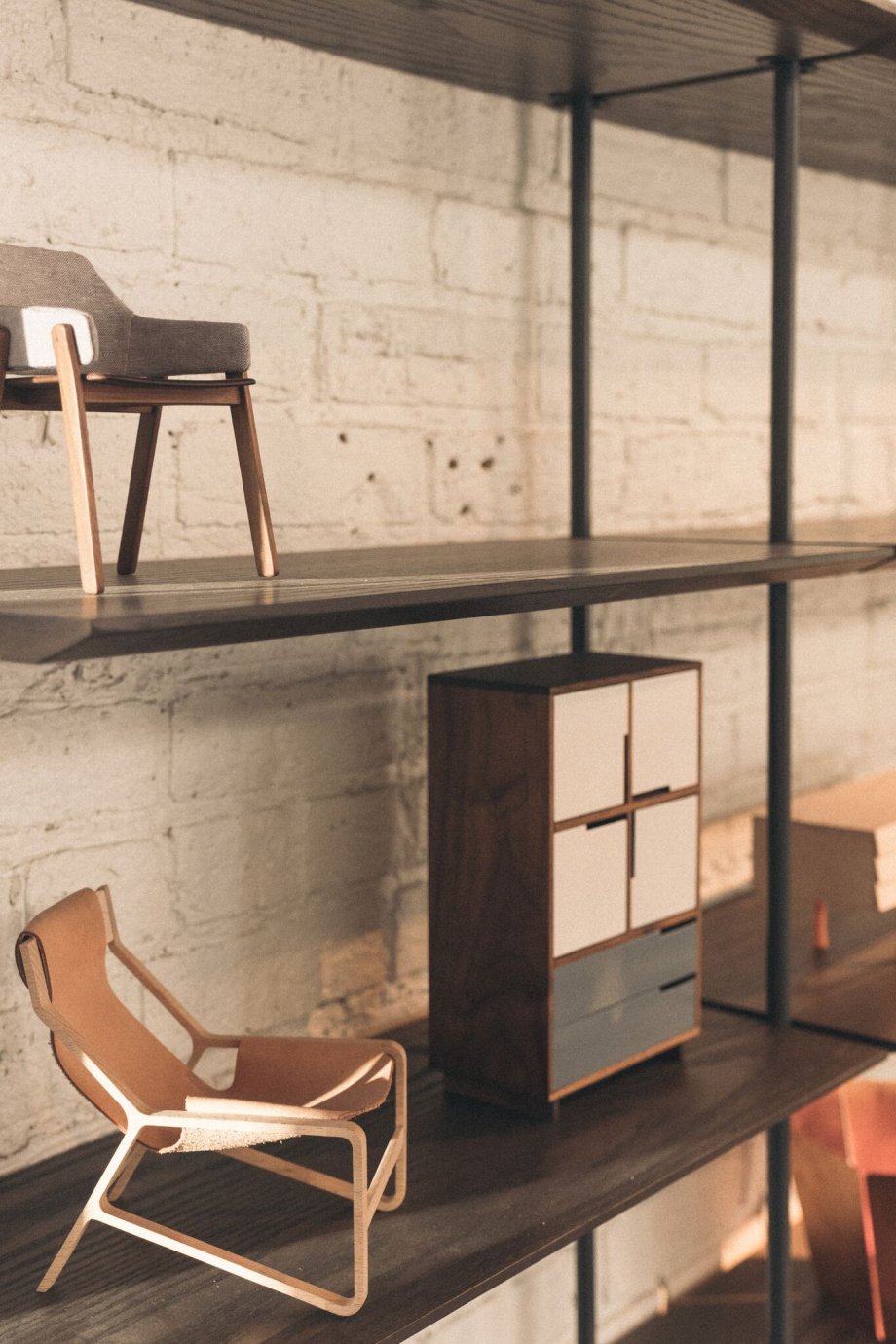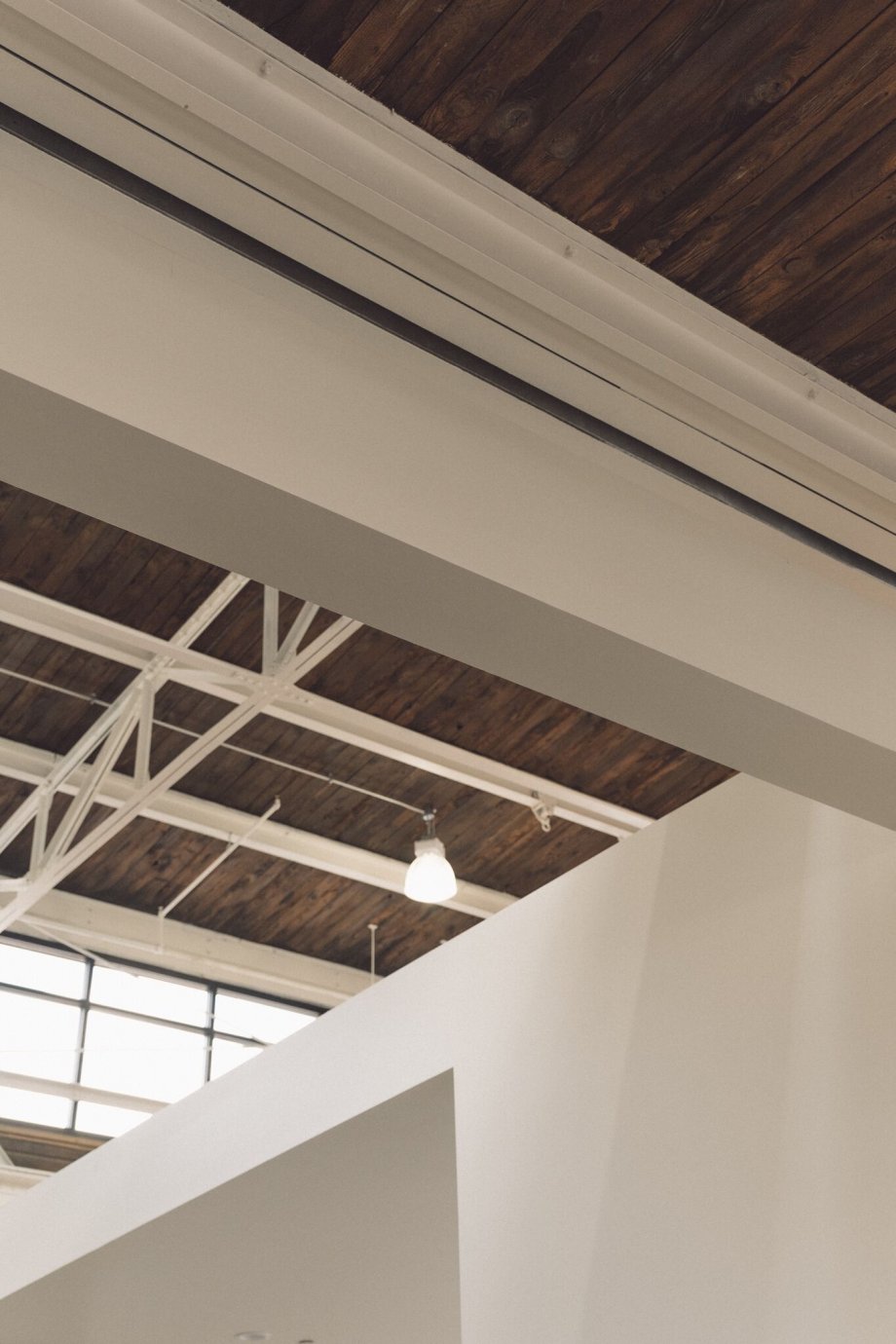Maurice Blanks: Designing the Future with Blu Dot Furniture
maurice blanks design architect furniture maker creative alive magazine
maurice blanks design architect furniture maker creative alive magazine
maurice blanks design architect furniture maker creative alive magazine
maurice blanks design architect furniture maker creative alive magazine
maurice blanks design architect furniture maker creative alive magazine
maurice blanks design architect furniture maker creative alive magazine
maurice blanks design architect furniture maker creative alive magazine buildings
maurice blanks design architect furniture maker creative alive magazine
maurice blanks design architect furniture maker creative alive magazine
blanks11-min
blanks12-min
Sitting in his Chicago office in spring 2001, Maurice Blanks took a call from a Los Angeles-based telephone number. It was from the producer of a new design show, “Area,” looking for a host. Not long before, the producers at the Style Network had interviewed Blanks about a company he’d started with some college friends called Blu Dot Design—which made simple, modernist chairs, tables and other furniture.Blanks, the network thought, would be the perfect host: tall, photogenic, articulate and with a mind steeped in design history and theory. But he had also recently started his own architecture firm while still working part-time for Blu Dot, traveling to Minneapolis on weekends. He had to make a choice.“I said to my wife, ‘It’ll be fun. I’ll go to L.A. for two or three days, and nothing will come of it,’” he recalls. “Then I got offered the deal.” Blanks wound down his architecture firm, and they headed west.“Area” was a virtual magazine, with recurring segments on “aspirational house tours,” practical design solutions and product reviews. They filmed a full season, and Blanks felt good about it. It did what they wanted Blu Dot to do: get good design out in the world.But times were changing. America was changing. And it did not want to watch a program at the heart of this kind of “lifestyles-of-the-smart-and-stylish” ethos.Opposite “Area” was another show—“Trading Spaces”—which was becoming wildly popular. In it, neighbors redecorated each others’ homes, and the format centered not around design—but the homeowners’ reaction to it.“That show was really about people and psychology and personalities,” says Blanks. “It wasn’t about design.”Nonetheless, word came down from the network that “Area” was too high-brow, too intellectual and needed to be more like “Trading Spaces.” The word design was to be replaced with decorate in the show’s vocabulary. Blanks was done.But by this time, Blanks and his wife Sally had started looking at apartments in L.A. They had a 10-month-old daughter, and he had no firm to go back to in Chicago.“So I called John [Christakos], and I said, ‘If I’m ever going to return to Blu Dot, now is the perfect time.’”As it happened, their friend—the third Blu Dot founder, Charlie Lazor—wanted to branch off and get back to architecture. Blanks agreed to jump in while Lazor fazed out. But he still had to convince Sally—who was from Chicago—to move to yet another new city.“I said, ‘It’s not going to be forever,’” Blanks recalls. “The idea was to stay for three to five years, build the business up and see where it was. That was 15 years ago. It took us a little while, but we really came to love it. It’s hard to imagine anything else now.”Blanks is not originally from the Midwest. Most of his youth was spent in the plains of Midland, Texas, where his father worked as a geologist, until high school, when they moved to California. Growing up, Blanks would occasionally play with his dad’s T-square and drawing table, making house plans that he later realized were to scale, if wildly impractical. It wasn’t until he got to Williams College that his interest turned more serious, after an art-history class with a charismatic professor who introduced him to the writings of the patron saint of modernism, Le Corbusier.“That completely changed my life,” Blanks says. “It was transformational. I quickly realized that I wanted to be an architect.”Until then, he had seen buildings as solutions to the problem of weather. But once he started reading Le Corbusier, who called buildings “a machine for living in,” his worldview would never be the same.“Architecture is about society and about our aspirations and about culture,” he says. “Le Corbusier saw it as an instrument of social change. That was such a new thing to me. It was astounding to think about how a building could change cities and culture.”With a mind swimming with new ideas, Blanks graduated in 1987. Two of his best college friends, Christakos and Lazor, went to Japan to teach English for a year. When they finished, Blanks met them in Kyoto, and the three spent the next six monthsbackpacking through Thailand, Nepal and India, staying in dingy hostels with no toilet seats and sleeping on dirty pillows.It was the best time of their lives.“Asia was different than it is now,” Lazor says. “It was less developed. And being immersed in a place where everything was so different had a big impact on me. The way the buildings were built, the way the cities and villages were organized, the way people lived and how they did the daily things of life ... it was very much about the built world, the world that people make.”“We were really interested in the built environment,” Blanks remembers. “We’d see some anonymous little building in a town in the Himalayas that was beautifully proportioned, the texture of the brick beautiful—something that wasn’t done by a fancy architect; it was done by somebody in this community, and there was just something elegant about the combinations of the material. We liked those humble, everyday things.”Back in the U.S., the three went their separate ways.Christakos decamped to Minneapolis for a consulting job. Lazor ended up in Phoenix working for an architect, and Blanks went to study architecture in Chicago, where he met Sally, who was his classmate’s sister.The three friends kept in touch, and when Christakos decided to start Blu Dot in 1996, they were all in. Together they designed their first collection of12 items, and in 1997, they took the ensemble to the International Contemporary Furniture Fair in New York. Their line was a huge hit. They left with a long list of orders.“It was clear that we’d struck a chord,” says Lazor.For most Americans at the time, modern design—with its clean lines and elegant curves—wasn’t all the rage and was hard to come by. To most Americans, midcentury modern felt like being stuck in the Brady Bunch living room, or in a low-tech, less-evolved version of The Jetsons. But a modernist renaissance was beginning, and Minneapolis was the perfect place for it.“There’s been a strong modernist impulse here going all the way back to the Prairie School,” says Larry Millett, author of “Minnesota Modern: Architecture and Life at Midcentury.” Philip Johnson’s IDS Center still towers over the city, and some of the pioneering midcentury architecture firms, like HGA and Close Associates, are still headquartered there today. Toby Rapson, son of modernist master Ralph Rapson, still sells classic modern furniture in the city.“There’s a tradition here,” says Millett. “There’s also a Scandinavian reserve. People like to keep it simple, not overly ornate.”That reserve and practicality made Blu Dot a perfect fit for the city, where it would be based as the modernist tide rose.“The nice thing about being in Minneapolis, and not New York,” says Blanks, “is that you don’t feel like you’re always looking over your shoulder. You can sit down and do your work. We’ve always seen being here as an advantage.”Their reputation grew as modern design became more mainstream. In 1998, one of their coffee tables appeared on “Friends.” (“It didn’t boost our sales,” says Blanks. “But it did boost our egos.”) In 2002, Blu Dot was a finalist for the Cooper Hewitt National Design Award. In 2007, “Mad Men” debuted, stoking the flames of midcentury design’s mainstream-culture stylistic revival, and in 2008, the company opened its first store in New York. Even though the opening coincided with the financial crash, the store managed to turned a profit in 2009.“We were definitely in the right place at the right time,” says Lazor. “If we’d started five years earlier, I don’t know if we would have been able to make a business of it. The past midcentury work was just being pulled out of basements, dusted off and recognized for its intelligence and its beauty and attitude. When I got out of architecture school, doing a modern house was a really hard commission to get. Now it’s every day. ”According to Nada Bibi, a designer based in Minneapolis and Los Angeles, about 50 percent of her work is now modern. “Blu Dot is kind of a play on midcentury,” She says. “It’s the contemporary version of Danish modern. They’re taking a bit of a Euro sensibility and making an American version of it.”According to Minneapolis architect Gabriel Keller, the modernist revival is the result of both a demographic and cultural sea change that has seen both young and old people creating spaces that hark back to midcentury in some way. Blu Dot fills a void between the highest-end brand, which most people can’t afford, and Ikea-level products, which most people can afford.“What I appreciate about Blu Dot,” says Keller, “is that they’re designing everything. They’re building quality products, and they’re really hands on. They’re involved. I bet everyone in our office has Blu Dot furniture in their home. They’re part of the design community here. And Minneapolis is known for great design.”In 1997, the three friends started with 12 items. Today they have 150 different designs, as well as 11 stores in New York, Los Angeles, Chicago, Mexico City, Sydney and elsewhere. In 2018, Blu Dot finally won the Cooper Hewitt National Design Award—for which it was a finalist in 2002—but, in a sense, that isn’t their biggest achievement.“Good design,” says Blanks, “ultimately comes down to thoughtfulness and to the attention that’s put into creating something that exists in the world. It signals that there is something important about it, and that there is something important about our lives. It ties us in, and makes us feel like we’re part of something bigger than just ourselves.”The sign that they have achieved Blanks’ version of “good design” is the fact that their works have endured their “Chicago Eight Box”—an innovative set of shelves and poles—in their first 1997 collection. Unlike “Area” or even “Friends,” it hasn’t met its end. The set is still in their catalog today. When they first looked back to the godfathers of midcentury design for inspiration, they were not only rescuing an elegant piece of the past—but helping to design a piece of the future.All photos by Attilio D'Agostino for ALIVE Magazine print Issue Three 2018. Subscribe or purchase a copy on alivemag.com/subscribe.











